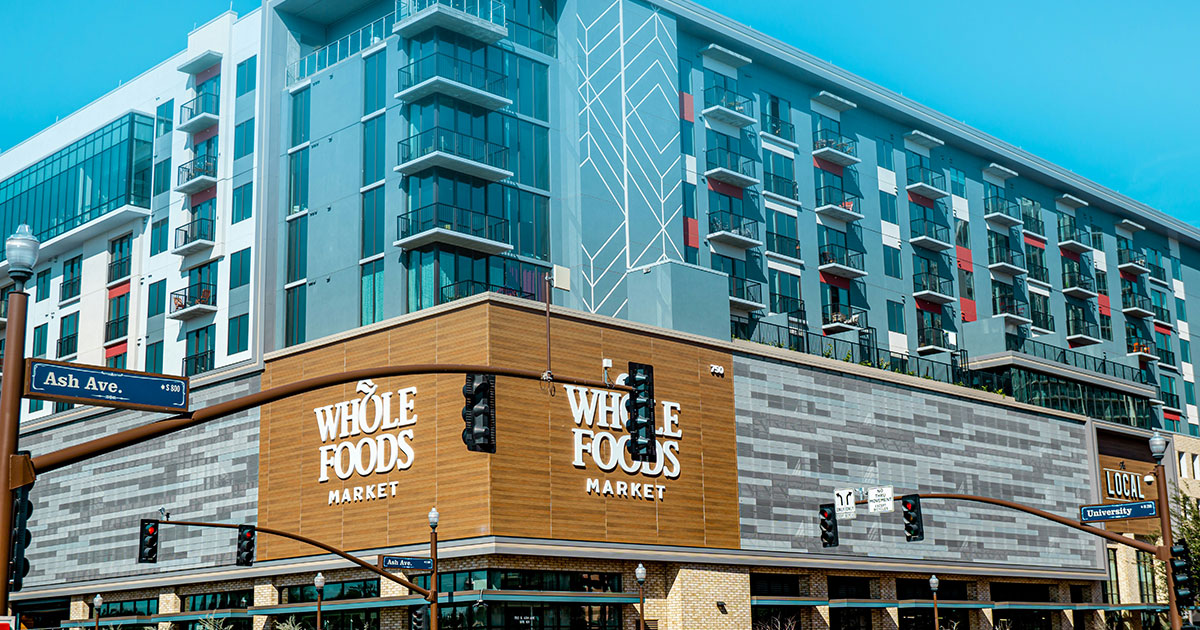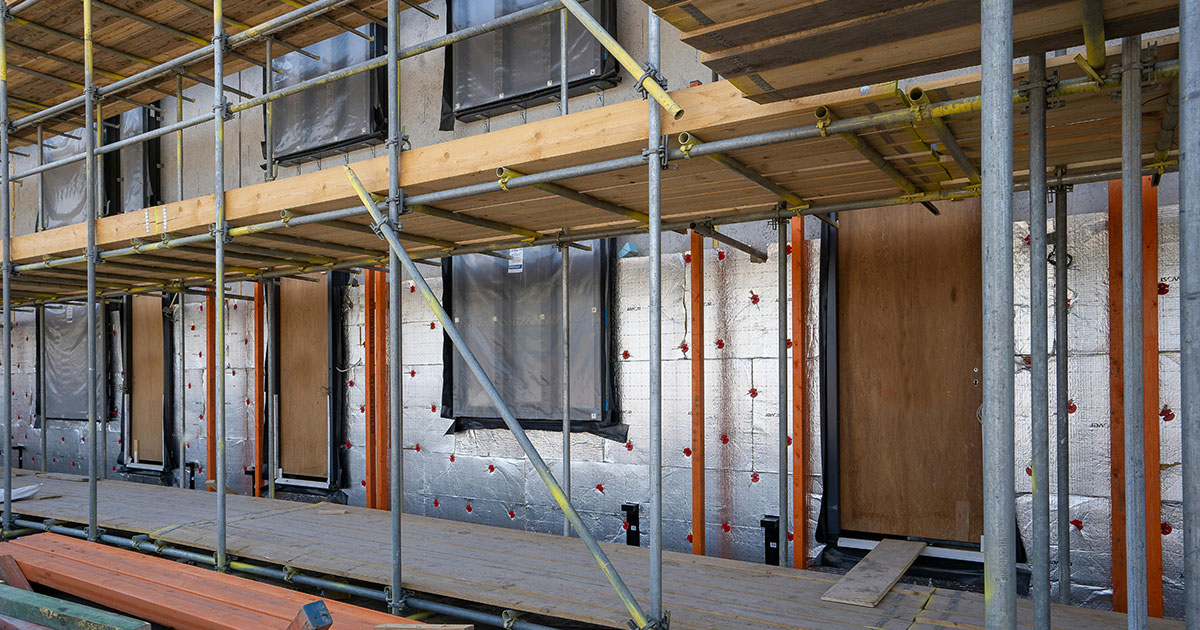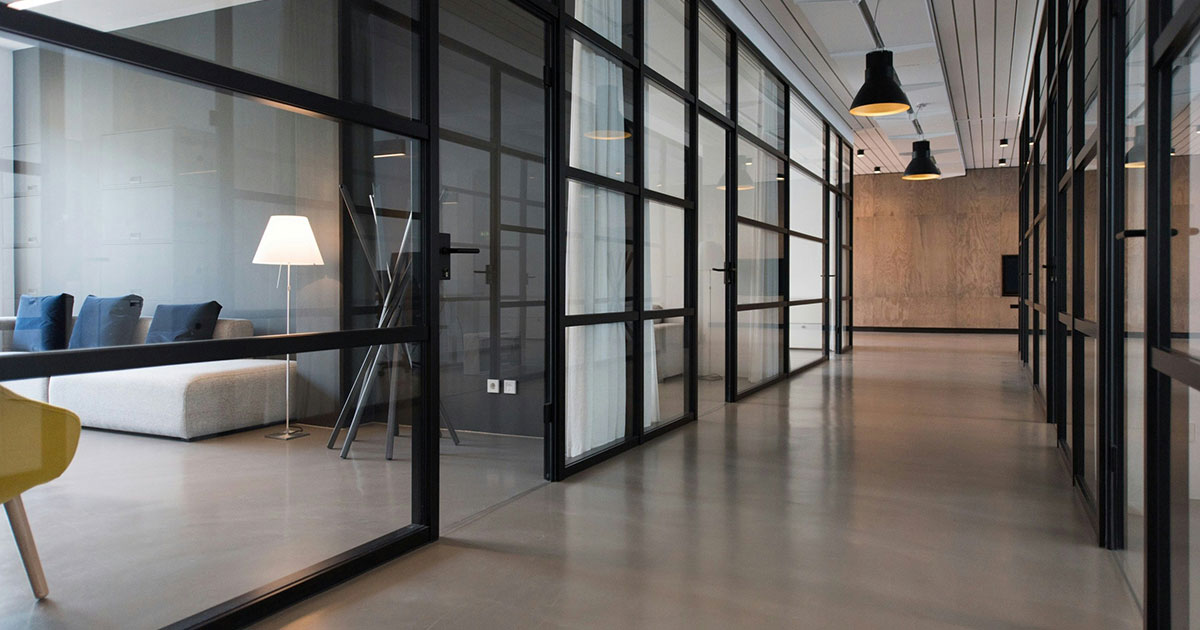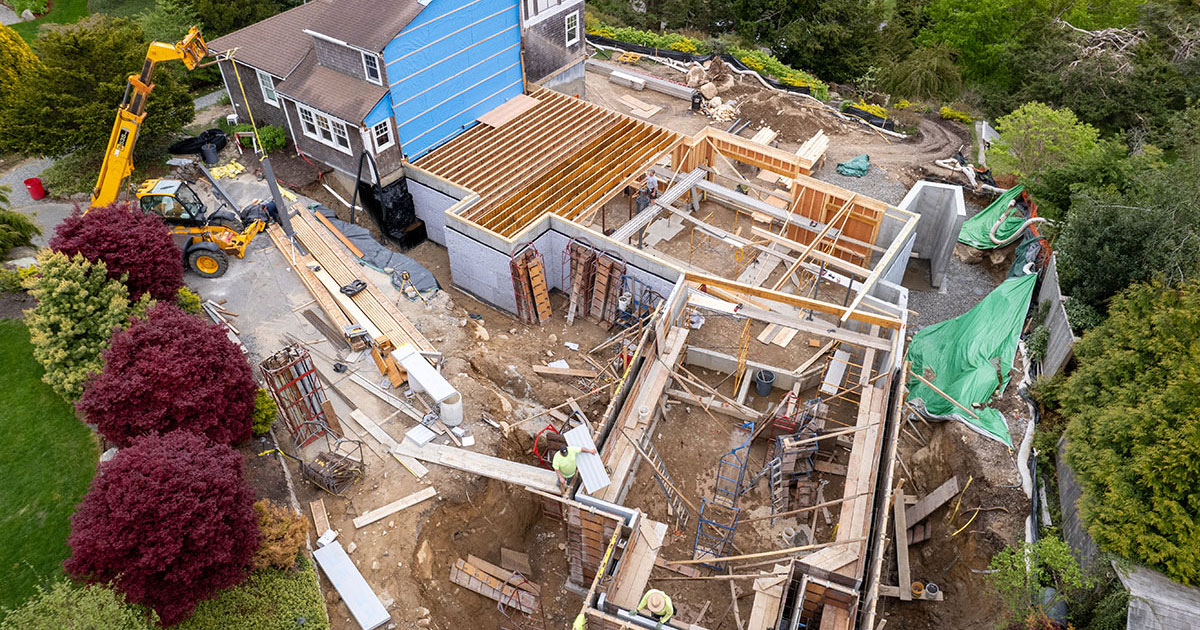
Commercial Real Estate Website Design: Building Digital Spaces That Drive Business
In today’s competitive property market, first impressions often happen online. Whether your firm specializes in leasing office space, selling retail properties, or managing industrial complexes, your commercial real estate website design must not only look polished—it must perform. An effective website can generate leads, showcase your properties, and establish trust with investors, tenants, and partners.
In this article, we’ll explore the key components of successful commercial real estate (CRE) website design and offer practical tips for building a site that converts visitors into clients.
Why Website Design Matters in Commercial Real Estate
It’s Your Digital Business Card
Your website often provides the first interaction potential clients have with your firm. An outdated or cluttered design can turn them away before they even view your listings.
Streamlines Property Discovery
A well-structured site helps users find and explore listings quickly, boosting engagement and lead generation.
Builds Credibility and Trust
Professional branding, testimonials, and high-quality visuals position your company as a leader in the commercial real estate space.
Core Features Every CRE Website Needs
Intuitive Navigation
Simplify the user journey with clear menus, category filters, and search bars. Group content into sections such as:
- Listings
- Services
- About Us
- Resources
- Contact
Mobile Responsiveness
With decision-makers often browsing on mobile devices, your site must display seamlessly on phones and tablets.
Property Search Functionality
Enable users to search and filter properties by location, price, square footage, property type, and amenities.
Pro Tip: Add interactive map integration to let users visualize property locations in real time.
High-Quality Visuals
Invest in professional photography and video tours. Visual content brings properties to life and helps buyers envision potential.
Lead Capture Forms
Place CTAs (Calls-to-Action) throughout the site:
- “Schedule a Tour”
- “Request More Info”
- “Download Brochure”
Keep forms short and straightforward to maximize conversions.
Design Elements That Set You Apart
Clean, Modern Aesthetics
Use a sleek, uncluttered layout with consistent branding elements like color schemes, fonts, and logos.
Visual Hierarchy
Guide users’ attention with strategic use of size, contrast, and white space. Your most important CTAs should stand out on every page.
Fast Loading Speed
Ensure your site loads in under 3 seconds. Compress images and avoid bloated code to retain impatient users.
Content That Converts
Detailed Property Listings
Each listing should include:
- Location map
- Photo gallery or 3D tour
- Floor plans
- Amenities
- Price and leasing details
Blog and Market Insights
Publishing market updates, investment guides, and tips for tenants builds authority and boosts SEO.
Case Studies
Highlight successful deals or long-term leases with before-and-after photos, client testimonials, and ROI outcomes.
SEO for Commercial Real Estate Websites
Use Location-Based Keywords
Examples:
- “Office space for lease in Atlanta”
- “Retail real estate investment opportunities in Chicago”
Optimize Listings
Ensure each property has its own indexed page with a unique URL, meta title, and description.
Build Local Citations
List your business on Google Business Profile, LoopNet, CoStar, and other commercial real estate directories.
Integrating Technology
CRM Integration
Connect inquiries directly to your customer relationship management system for seamless follow-up.
Chatbots
Automated chat tools help answer FAQs and collect visitor info even when your team is offline.
Virtual Tours and AR
Immersive tech lets remote investors or tenants experience properties from anywhere, increasing engagement.
Common Design Mistakes to Avoid
- Overloading pages with text
- Using stock imagery instead of property photos
- Failing to optimize for mobile
- Neglecting lead capture opportunities
- Skipping analytics tracking
Prioritize Investor-Focused Content
Not all visitors to your CRE website are prospective tenants—many are investors evaluating your portfolio and expertise. Create a dedicated section that highlights:
- Current and past investment projects
- ROI case studies and performance metrics
- Market forecasts or investment whitepapers
- Company leadership bios and credibility indicators
Pro Tip: Include downloadable one-pagers or investor decks behind a lead capture form to grow your prospect list.
Build Trust with Social Proof and Certifications
Establishing credibility is especially important in commercial real estate, where transactions involve high-value assets.
What to Include:
- Client or partner logos (with permission)
- Professional affiliations (e.g., NAIOP, CCIM, SIOR)
- Press mentions or awards
- Video testimonials from satisfied tenants or investors
Bonus: Add a “Trusted By” carousel to the homepage or footer to subtly reinforce your reputation.
Keep Compliance and Accessibility in Mind
ADA-compliant website design is not just a best practice—it may also be legally required. Ensuring your site is accessible means:
- Using alt text for all images
- Designing with readable color contrast
- Including keyboard navigability
- Providing transcripts or captions for video tours
A more accessible site broadens your reach and protects you from potential legal challenges.
Conclusion: Build a Site That Builds Your Business
A high-performing commercial real estate website design doesn’t just display properties—it builds relationships, earns trust, and grows your business. By focusing on user experience, visual appeal, and strategic content, you’ll stand out in a crowded marketplace and convert more visitors into long-term clients.
Whether you’re developing office space, retail hubs, or industrial parks, your website should be your strongest digital asset.




